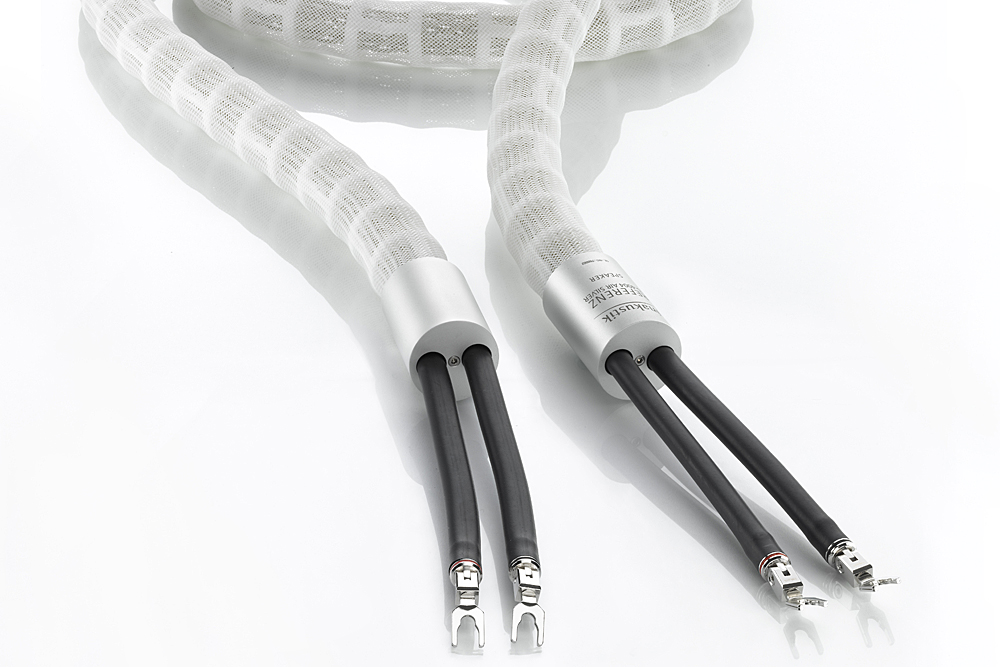Many years ago I bought a pair of speaker cables that retailed for about $550 at their prime but were heavily discounted “for a quick sale”. Despite that, at the time I still thought that I paid a lot (yes, I can be rather mean about some things Hi-Fi!). What I got for my money were (and still are) copper cables, while in-akustik’s Referenz (Reference) speaker cables reviewed here are made of silver. The connectors on my cables are gold-plated, which is great, while in-akustik connectors are plated with rhodium, a much tougher material that forms highly stable low resistance contacts. The list goes on, but to cut the long story short, Reference cables strive to deliver the best possible electrical parameters to your Hi-Fi system with very few – if any – compromises. And they look great!
Appearance & Features
This review covers two Reference speaker cable models: LS-2404 AIR Pure Silver, which are thinner and more flexible, and LS-4004 AIR Pure Silver, which are the flagship larger, stiffer, bulkier and heavier cables. Both models are 3m long and are attractively clad in durable white plastic mesh with ends finished in machined aluminium showing off engraved model names. The rhodium-plated connectors are attached to the cables by screws that allow a considerable amount of flexibility, although the cables themselves are surprisingly flexible to begin with. I managed to thread both models through some quite tight spots in my effort to keep them unobtrusively tucked away, although I wouldn’t blame anyone who decides to leave them on the floor in plain sight. After all, they are pretty.
As already mentioned, Reference cables feature silver conductors which means that they deliver the lowest possible resistance for the amount of material involved. The silver conductors are spun through the flexible frame via formers in a way which reduces the inductance of the cable. In order to make a fair comparison, I measured the resistance, inductance and capacitance of the two models of Reference cables plus my “medium-grade” speaker cables and, lastly, of a plain cheap “figure 8” thick speaker cable obtainable through most electric cable retailers. Resistance and inductance were measured with the far end of the cable shorted, whilst the capacitance was measured with the far end of the cable open. Next, I divided the measured values by the length of each cable which gave me their resistance, inductance and capacitance per meter.
The results are presented below:
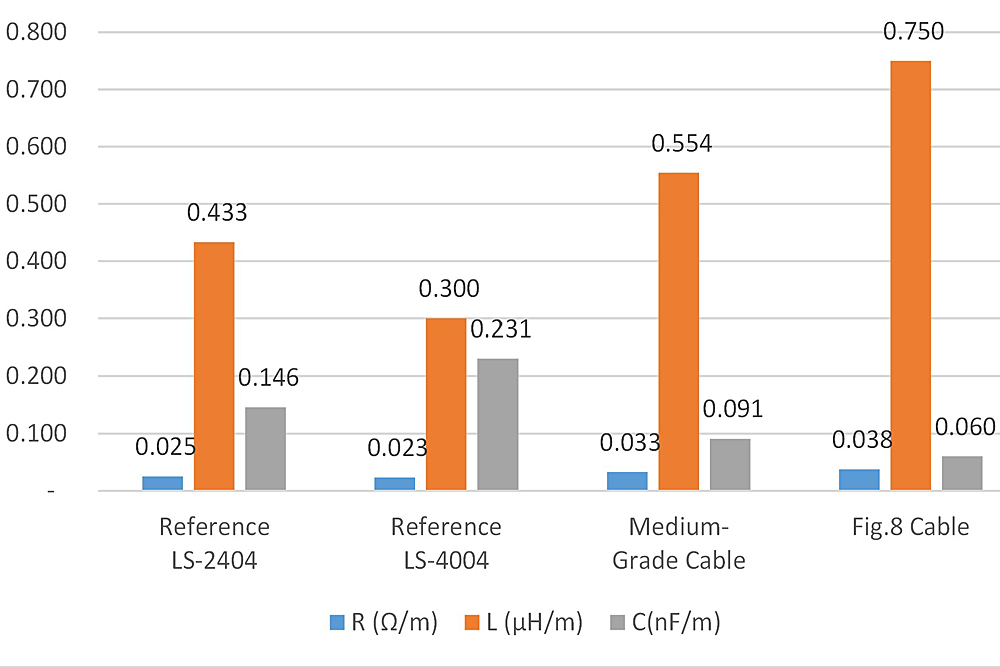
The diagram shows that each meter of the Reference LS-2404 cable adds 0.025 ohms of resistance, 0.433μH of inductance and 0.146nF (or 146pF) of capacitance. Unsurprisingly, Reference LS-4004 cables have even lower resistance and inductance per meter. On the other hand, capacitance measurements were a real surprise because they were higher for the Reference cables than what I measured for my “medium-grade” usual cables and for the ‘figure 8’ cable. The ‘figure 8’ cable had the lowest capacitance per meter of all cables examined! Based on these results, it would be reasonable to conclude that in-akustik’s designers focused their efforts on minimising the resistance and inductance of the cables, while cable capacitance became a secondary priority.
Both models of Reference cables have rhodium-plated contacts on which you can mount their corresponding rhodium-plated banana plugs or spades. Both types of termination come supplied with the cables which means that you don’t have to buy them separately at additional cost and inconvenience. The terminations rotate around the axis of the mounting screw, thus giving you an option to bring the cables almost vertically from the floor to the speaker, which is handy and saves space, but you must balance the amount of flex with the amount of tightening of the screws in order to provide a good contact. Achieving the right balance was a challenge for me sometimes because of the sturdiness of the termination blocks: If you tighten the screw by 1/8 of a turn the contact becomes so stiff that you can’t rotate the banana plug (or spade) anymore, and if you loosen it by 1/8 of a turn the termination hangs loose, giving you a poor contact. Patience and a steady hand reward you in the end.
Listening Impressions
I inserted Reference cables into my system between a heavily modified high-power amplifier and a pair of slightly modified Magnepan MMG speakers. Although it can be justifiably claimed that there are better amplifiers (I reviewed one recently) and better speakers, my listening impressions are based on the difference I could hear between Reference cables and the cables I regularly use.
I listened to a wide range of music through Reference cables and I must admit that the improvements I heard were less than what would prompt me to purchase the cables, although that’s admittedly just one aspect of the matter. For example, bass was punchier but not by much, mids were almost identical to what I got through my usual cables and trebles were slightly (but only slightly) mellower. Whatever the changes Reference cables made to the frequency characteristics of the overall system, I easily replicated them through very marginal changes of tone controls (+/- 5 degrees of the knobs). That said, transients had slightly more presence and, generally, the system’s sound was subtly more realistic by traces and hints rather than by stirring revelations.
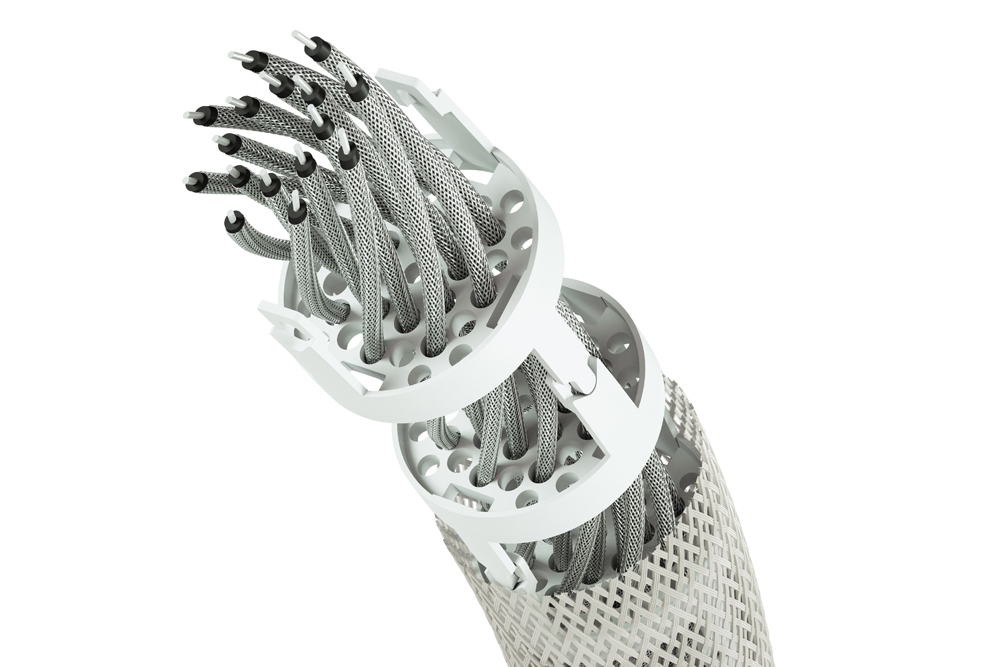
The human ear is a strange device indeed and every time I switched the cables I could hear those small differences for about 15 minutes, after which my ears got adjusted and the music became indistinguishable from the one I heard in the previous setting.
For example, the first two tracks of the album Giresta by Mattias Wager (Proprius PRCD 9087; “Bach’s Prelude and Fugue in G-Major/ BWV550”) were a sheer pleasure to listen to with their airy and celebratory crystal overtones, just as expected. The sonic effect of the organ pipes were clearly audible and meshed perfectly with the music.
“Vyṧehrad” from Smetana’s Ma Vlast (Deutsche Grammophon CD 429183-2; Rafael Kubelik conducting the Boston Symphony Orchestra) was as grand as ever in its “gloria” section and just as gut-wrenching in the immediately following “disaster”.
The basses in Saint-Saens’s “The Elephant” from the album The London Bass Sound (Gala CACD 0110; Gary Karr guest soloist) were well defined and precisely placed in the soundstage, with every touch of the bow easily discernible. This track was perhaps the only one where the improvements that Reference cables introduced were audible for a bit longer- than the aforementioned 15 minutes or so.
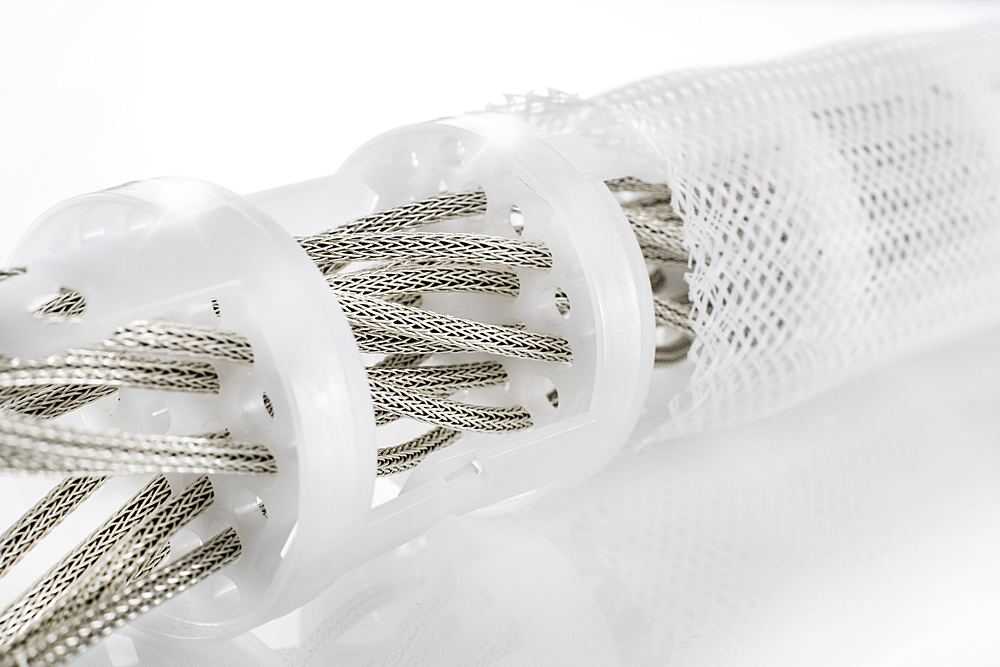
Lastly, each human voice and every strum of the guitar strings in the “Wayfaring Stranger” by Red Horse, from the CD Acoustic America (Putumayo Presents; PUT 333-2) blended sweetly on the expansive soundstage Putumayo is renowned for. I couldn’t find one iota of harshness in the treble which you usually hear when you play this track on lesser cables. Not surprising at all, but it was good to confirm it anyway.
I can fully understand the value Reference cables can bring to a high-end system, while at the same time it would be unrealistic to expect that they could elevate an already optimised system to another level, or that they could drastically improve a poorly performing one. These cables belong to a distinguished category of components “you can trust”, where if anything goes wrong in your system you can be sure it’s not the cables’ fault. That means one less issue to worry about, one less weak link in the chain.
Conclusion
Silver is expensive. Quality is expensive. Skilled workmanship is expensive. These are facts of life. These in-akustik’s Reference cables are for people who do and can afford to appreciate quality and workmanship. A craftsmanship that, I’m sure, will allow Reference cables to perform 50 years from now just as well as they do today.
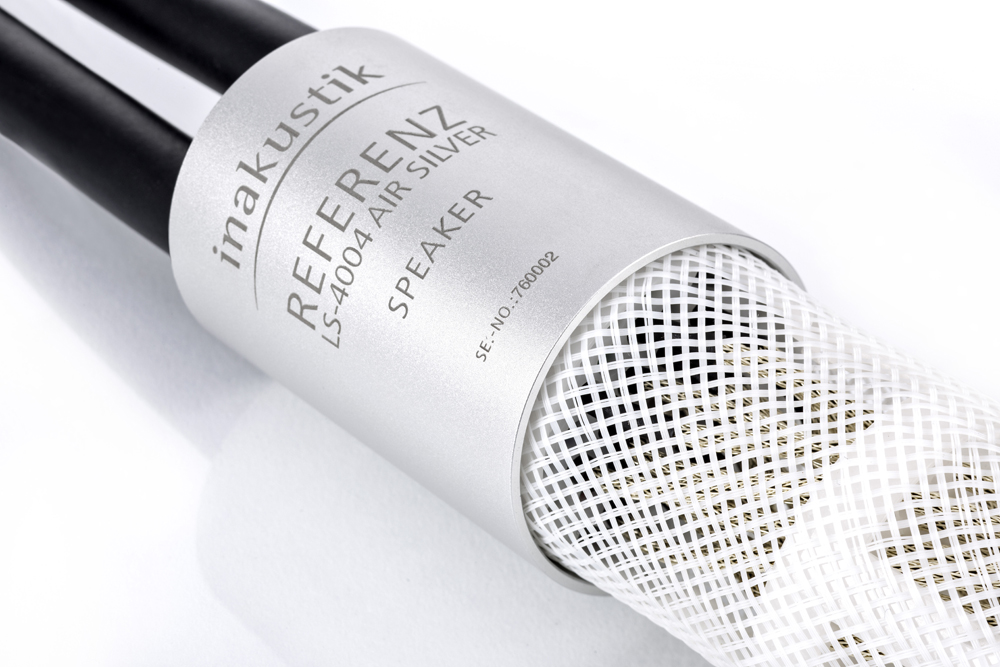
Additionally, the finish and overall build is superb and every little detail has been worked out with craftsmanship of the highest order. If your system is top-notch already, or if you’re building one that cuts no corners on quality, it would make perfect sense to consider these cables.
And they do look great!
…Vedran Simunovic
www.soundstageaustralia.com
Associated Equipment
- Digital sources – Oppo BDP-105AU
- Analog source — Linn Sondek LP12, Hercules power supply, Grace 707 tonearm (modified), Dynavector 10X5,
- Preamplifier — Rotel RC-1550
- Power amplifier — Phase Linear 400 Series Two (heavily modified)
- Interconnect cables — Custom made
- Speakers — Magnepan MMG (elevated 12cm, 2 degrees off vertical)
in-akustik Referenz LS-4004 AIR Pure Silver & LS-2404 AIR Pure Silver Loudspeakers Cables
Price: AU$45,500 & AU$26,900 respectively
Warranty: Five Years
Australian Distributor: Audio Marketing
+61 2 9882 3877
www.audiomarketing.com.au
in-akustik GmbH & Co. KG
Untermatten 12-14
79282 Ballrechten-Dottingen
Germany
+49 7634 5610-0
www.in-akustik.de






